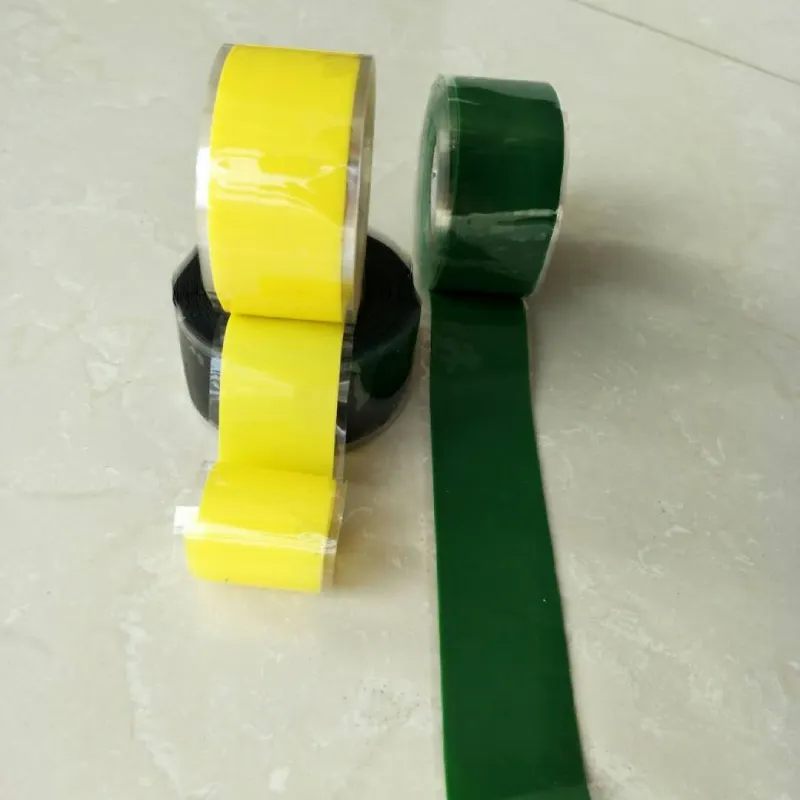Understanding Butyl Rubber Windshield Sealant
When it comes to automotive manufacturing and repair, the importance of a reliable windshield seal cannot be overstated. The windshield not only provides visibility but also contributes significantly to the structural integrity of the vehicle. One of the most widely used materials for sealing windshields is butyl rubber sealant. In this article, we will explore what butyl rubber is, its advantages as a sealant, and some applications in automotive contexts.
What is Butyl Rubber?
Butyl rubber is a synthetic rubber known for its excellent impermeability to gases and moisture. It is made from the polymerization of isobutylene, a gas derived from petroleum. Initially developed in the 1940s, butyl rubber has since found various applications across multiple industries due to its unique properties. Its composition allows it to remain flexible over a wide range of temperatures, making it particularly useful in environments where thermal expansion is a concern.
Key Properties of Butyl Rubber Sealant
1. Adhesion Butyl rubber exhibits excellent adhesion to glass, metal, and various automotive materials. This property is essential for forming a strong bond between the windshield and the vehicle frame.
2. Impermeability One of the standout features of butyl rubber is its capacity to act as a barrier against water and air. This impermeability prevents leaks and helps maintain the interior of the vehicle, providing a dry and comfortable environment for passengers.
3. Durability Butyl rubber is highly resistant to UV radiation, ozone, and temperature variations, which contributes to its long lifespan. This makes it ideal for outdoor applications where exposure to the elements is inevitable.
4. Flexibility The elasticity of butyl rubber allows it to absorb shocks and vibrations. This flexibility is crucial in automotive applications, as vehicles experience continuous movement and varying external forces.
butyl rubber windshield sealant

Benefits of Using Butyl Rubber Sealant for Windshields
- Enhanced Safety A properly sealed windshield strengthens the vehicle's structure, helping to protect occupants during accidents. It also ensures that airbags deploy correctly, providing additional safety.
- Improved Aesthetics Butyl rubber sealant can be applied in a smooth, uniform manner, resulting in a clean finish. This not only enhances the vehicle’s appearance but also increases the overall value of the car.
- Cost-Effectiveness While there are various sealant options available, butyl rubber is often more cost-effective. Its durability translates to fewer repairs needed over time, making it a smart choice for both manufacturers and consumers.
- Environmentally Friendly Options As more consumers become environmentally conscious, the production of butyl rubber is increasingly aligned with sustainability practices. Many manufacturers are looking into eco-friendly options that maintain the performance characteristics of traditional butyl rubber.
Applications Beyond Windshields
While its most notable application is in windshield sealing, butyl rubber sealants have several other uses in the automotive industry. They are effective in sealing roofs, windows, and doors of vehicles, ensuring that they remain airtight and watertight. Additionally, butyl rubber is often utilized in manufacturing tires, gaskets, and other components that require robust sealing properties.
Conclusion
In summary, butyl rubber windshield sealant is an essential component of automotive design and repair. Its unique properties—such as excellent adhesion, impermeability, durability, and flexibility—make it an ideal choice for sealing applications. As the automotive industry continues to evolve with a focus on safety and sustainability, the role of butyl rubber will likely expand, further reinforcing its importance in vehicle manufacturing and repair. For car owners and manufacturers alike, understanding and utilizing the benefits of butyl rubber sealant can lead to safer, more efficient vehicles.
-
XIANGFAN Rubber Tape-Ultimate Solutions for All Your Insulation NeedsNewsJun.24,2025
-
XIANGFAN Rubber Tape-Protection for Industrial and Residential ApplicationsNewsJun.24,2025
-
XIANGFAN Rubber Tape: Superior Safety and Sealing for Demanding EnvironmentsNewsJun.24,2025
-
XIANGFAN Rubber Tape: Reliable Solutions for Every Electrical ChallengeNewsJun.24,2025
-
XIANGFAN Electrical & Industrial Tape: Powering Reliability Across IndustriesNewsJun.24,2025
-
XIANGFAN Electrical & Industrial Tape: Excellence in Every ApplicationNewsJun.24,2025
